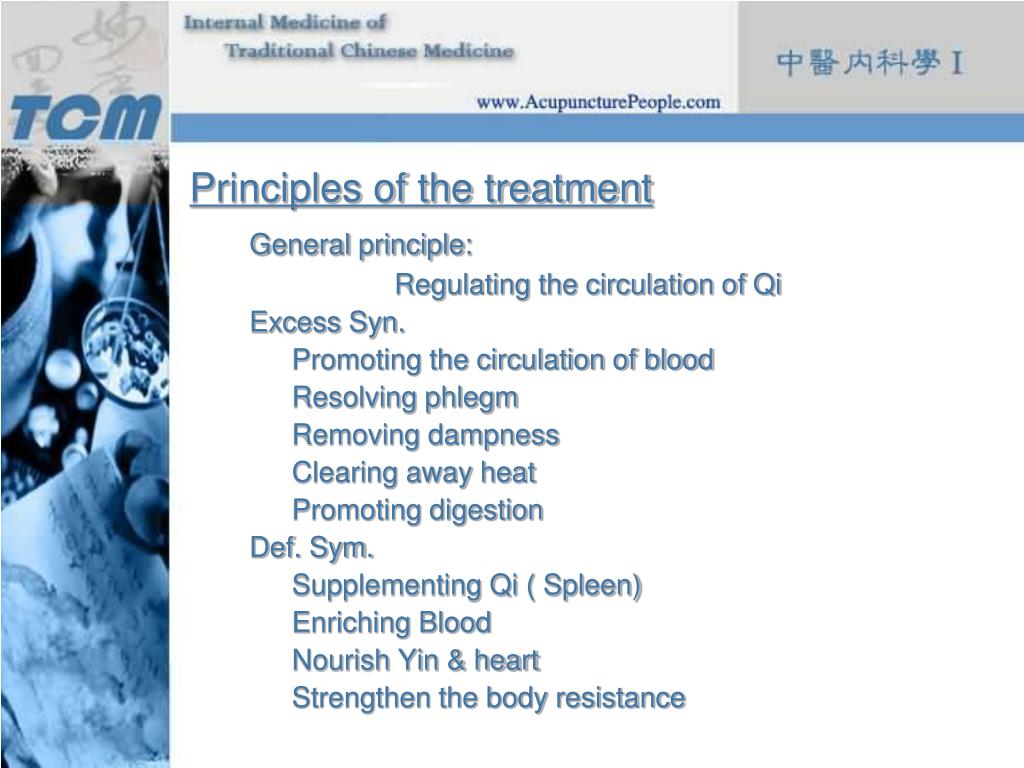
adults 20 years of age and older reported that they had taken prescription sleep aids during the previous 30 days. 7 In the National Health and Nutrition Examination Survey (2005–2010), approximately 4% of U.S. slept seven to eight hours and that 28% slept six or fewer hours in a 24-hour period. 6 Data from the years 2008 through 2010 from the National Health Interview Survey indicated that 62% of adults in the U.S. 5 Insomnia is more common in women (25%) than in men (18%), and its prevalence increases with age, affecting approximately 50% of the elderly population. have chronic sleep and wakefulness disorders. 4Īn estimated 50 million to 70 million adults in the U.S. Insomnia is associated with one or more of the following symptoms: difficulty initiating sleep (sleep-onset insomnia or initial insomnia) difficulty maintaining sleep (sleep-maintenance insomnia or middle insomnia) and early-morning awakening with the inability to return to sleep (late insomnia).
#Insomnia treatments manual
1, 3Īccording to the Diagnostic and Statistical Manual of Mental Disorders, fifth edition (DSM-5), insomnia is defined as dissatisfaction with sleep quantity or quality that results in clinically significant distress or impairment in social, occupational, or other important areas of functioning. It synchronizes the body with the environment’s light–dark cycle, peaking during the night and dipping during the day, to stabilize the body’s natural circadian rhythm. Melatonin is a hormone that plays an integral role in diurnal rhythms. It is hypothesized that the action of orexin changes the activity of the neurotransmitters involved in the regulation of sleep/wake states. Orexin, which is produced in the hypothalamus, is a neuropeptide that plays an important role in maintaining wakefulness.

These neurotransmitters contribute to maintaining wakefulness and significantly decrease during REM sleep. The sleep–wake cycle is also affected by neurotransmitters released by reticular activating system (RAS) neurons, such as norepinephrine, acetylcholine, and serotonin. Increased GABA and decreased histamine release induce NREM sleep by deactivating the cortex and thalamus. These neurotransmitters have opposing actions on the sleep–wake cycle. In the forebrain and hypothalamus, neurons release gamma-aminobutyric acid (GABA) and histamine. Sleep is regulated by a variety of chemicals in the body. 1 REM sleep correlates with activities of the hypothalamic-pituitary-adrenal (HPA) axis and the sympathetic nervous system in healthy humans. Later in the cycle, when the individual enters REM sleep, electrical activity in the brain increases, contributing to increased blood flow to the brain, changes in respiratory and cardiac rates, and dreaming. NREM sleep is subdivided into three stages in which brain activity, eye movement, and skeletal muscle tone progressively decrease, placing the individual in a deeper state of sleep. Sleep typically begins with the NREM phase, which is followed by the REM phase. I’m sure you’ve already heard some things about it.People experience two forms of sleep: rapid eye movement (REM) and nonrapid eye movement (NREM). But I can talk to you about sleep hygiene. As a psychologist and not a medical doctor, it’s not my place to talk in-depth about medications. That’s because most doctors’ go-to for treating insomnia are Ambien (and other prescription sleep medications) and sleep hygiene. In my own clinic, the average patient has had chronic insomnia for 15 years before finding their way to me because they didn’t know there were treatment options other than Ambien and sleep hygiene. But if you ask everyone visiting a primary care doctor, one in three will have it. About one in ten adults have chronic insomnia by the strictest diagnostic criteria. If you don’t have chronic insomnia yourself, I bet you know someone who does. It puts a damper over your everyday mood and turns sleep into a chore instead of a relief. Chronic insomnia can really disrupt your life. If you’re having a really hard time falling or staying asleep a few times per week, and this has been going on for a few months, then we’re dealing with a different animal. All you have to do is ride it out, knowing you'll be back to your normal sleep routine soon.īut for many people, insomnia becomes chronic. They just mean you're excited about something, or you have had one too many cups of coffee, or some other fluke stars aligned to make you unable to shut down for a night or two. And these occasional sleepless nights are totally fine.

Even though I’m a sleep expert (and I was lucky enough to be born with good sleep genes), I still sometimes toss and turn all night.

It can really drive a person crazy!Įveryone has insomnia sometimes. You stare up at the ceiling (or worse, at the red numbers on a clock), mind buzzing with random thoughts, tossing and turning while everyone else snores away blissfully. Insomnia is one of the most frustrating experiences in our modern existence.


 0 kommentar(er)
0 kommentar(er)
